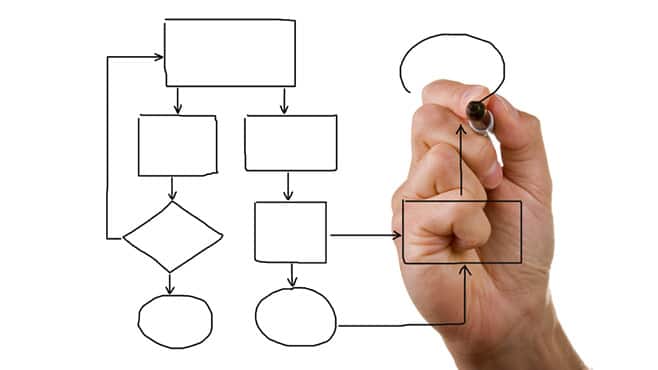
Process Engineering and Optimization engagements define how and why work is conducted. They are based on the core activities that a company conducts, building a common understanding of why these are core and how different parts of the organization impact or are impacted by these activities. They can include different levels of the work breakdown structure – from top level processes to the work conducted by an individual or a team.
It is surprisingly common to find companies, even leading organizations, that have not fully defined their core processes, nor understand how the processes of all of their functions, sites, and departments impact each other. This often results in large amounts of waste and redundant activity, and in some cases include the critical absence of core processes which are not being addressed by anyone.
Are you discovering cases in which different groups are conducting unintended redundant activities? Are your R&D activities not synchronized with your Commercial activities, or your Sales and Marketing not synchronized with Manufacturing and Logistics? Do you have unpredictable timelines for new development projects, commercial rollouts, or other initiatives? Are parts of your organization confused as to how they should be engaging with other departments or teams? Do you have a comprehensive map that describes the hierarchy of processes of all aspects of how you operate your company?
Our associates have conducted several large-scale process engineering engagements for leading companies. We have mapped and optimized end-to-end processes (from early R&D to post-commercialization market expansion) in pharmaceutical, medical device, and nutrition companies, and have engaged in more limited (single function, single phase, or multi-function within a site) process optimization engagements for others. We are expert at bringing together the right stakeholders at the right time to understand the interdependencies of different groups and how they support the overall organizational mission.
